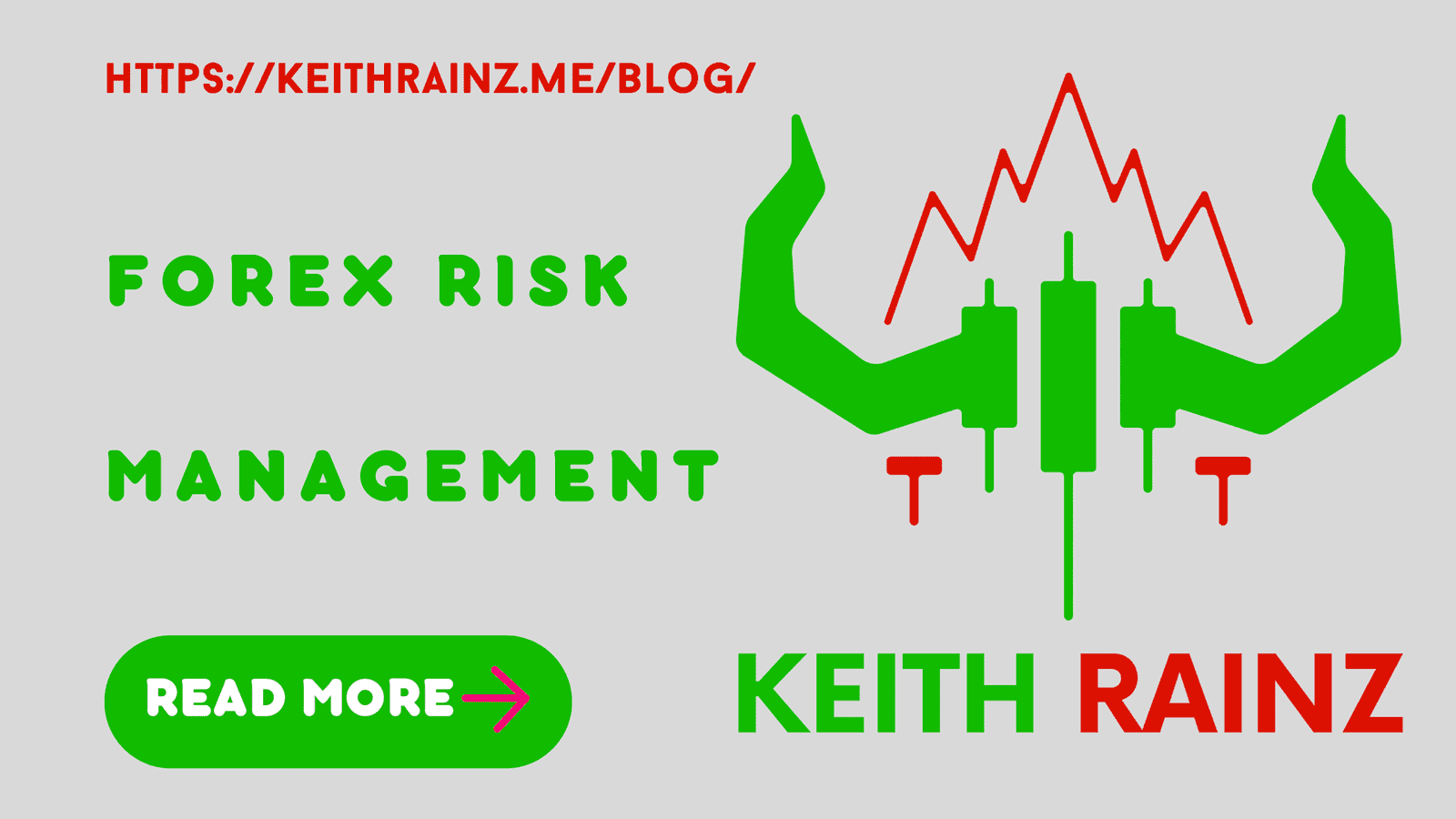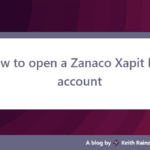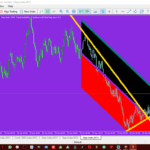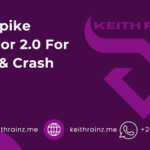In the long run, forex risk management is the key to long-term profitability. When you open a position, you’re exposing your money to a certain amount of danger. The primary goal of risk management is to reduce risk as much as feasible. However, it is critical not to limit possible advantages by employing a risk management strategy that is too stringent.
Beginner traders frequently ignore risk management guidelines because they are more concerned with the amount of money they can make from a single trade. This blunder frequently results in significant losses, which not everyone can handle emotionally.
As a result, we recommend that you read our comprehensive Forex risk management guide to find out which tools and approaches can help you trade more safely.
The Position size
The basic element of determining Forex trading risk is to choose a position size that you can handle without becoming concerned. One of the most typical blunders is believing that trading large amounts will suddenly make you wealthy. Even skilled traders, in order to reduce their exposure to Forex risk, restrict their position size. Professionals also lose transactions, but they know how to manage the underlying risk and stay afloat. Knowing how much loss you can take will help you size your position correctly.
In trading, a golden money management guideline states that a trader should not risk more than 2% of his or her capital per trade. We believe that for newcomers to Forex, this is the greatest option. Such a capital allocation limit can provide you extra peace of mind. This is very handy if you’re on a losing streak, for example.
The Leverage
The size of the position is influenced by leverage as well. Leverage enables you to take on a large stake with a little initial investment. In the currency trading market, the most frequent leverage is 100:1, but it can be higher. Moderate leverage is critical for effective risk management in trading. Although leverage allows you to profit from huge investments, it also multiplies your losses. Newbies should never use leverage greater than 100:1, since their lack of experience can have a negative impact on their funds.
There is a tool that can assist you in determining the amount of your stake in units and lots in order to assess your risk. It’s called a position size calculator, and it’s available for free on a variety of websites. Consider utilizing it because it is quite beneficial.
The Risk/Reward Ratio
Determining your risk/reward ratio is the next important part of controlling Forex trading risk. The risk/reward ratio, as the name implies, is a comparison of expected profits to the amount of money a trader risks in the event of a loss. In Forex, having the best risk/reward ratio is crucial to playing safely and profitably. Most advanced traders keep to a risk-to-reward ratio of 1:3. In fact, a suitable risk-to-reward ratio for beginners might be as high as 1:2. Because some people may still be unsure how to interpret this ratio, let’s move on to a practical example. Consider the following scenario: you have a 1:3 risk/reward ratio. In general, you tolerate a $100 loss on average, but make an average of $300 on winning transactions.
What is the most fundamental way to manage the risk/reward ratio? Not only can you do this by defining the position size, but you can also use stop-loss orders. Let’s go through why incorporating a stop-loss in your Forex trading risk methods is so important.
Stop-Loss
Setting a stop-loss is not just one of the optional Forex risk management strategies; it is also critical for survival in the currency market. To clarify, a stop-loss order is an order that is triggered when the loss on a single trade hits a predetermined price level. The utmost loss you can afford is reflected in the stop-loss. Similarly, the price level at which you set your stop loss must be consistent with your risk/reward ratio and overall risk management plan. Trading without a stop-loss can result in significant losses, so it is not recommended. safety
Non-guaranteed or ordinary stop-loss orders and guaranteed stop-loss orders are the two forms of stop-loss orders. Standard stop losses can help you protect your position, albeit they may not be activated in certain market conditions. This usually happens when there is a lot of liquidity in the market and the broker is having trouble processing and executing orders. Guaranteed stop-loss, on the other hand, will work regardless of market conditions. Guaranteed stop-loss orders, on the other hand, are only available for a charge.
Stop-loss orders can be set in a variety of ways. You can configure it manually, but if you’re just getting started, it’s unlikely to be done accurately. To effectively place a stop-loss order, you’ll need to use a variety of tools, chart patterns, and technical indicators. In our Forex risk management tutorial, we’ll look at a few of them:
- Support and Resistance lines
- Fibonacci Levels
- Candlestick patterns
- Moving Averages
- Trend Lines
Trailing stop
One of the useful Forex risk management strategies is the trailing stop. It’s calculated as a percentage. Unlike a predetermined stop loss, the trailing stop keeps the trade open and continues to collect gains as long as the currency pair’s price is going in the right direction. However, a trailing stop will close the transaction if the price moves in the opposite direction by a certain percentage. When combined with a fixed stop-loss order, a trailing stop can protect both investment money and gains.
The Take-Profit Order
A take-profit order is one of the most common Forex order types for locking in profits. It is widely utilized by Forex traders and is an integral part of their risk management tactics. What exactly does it entail? The take-profit order is triggered when the price reaches the set rate or pips. The deal will be closed and the gains will be received if this price level is attained. This order will only operate if the rate moves in the desired direction.
Setting the take-profit sequence in a realistic manner is critical. This indicates that the pips or rate should be feasible at the time of admission. Similarly, the take-profit order should not be too near to the starting price, as this will reduce your possible winnings right away.
Let’s move on from the technical to the psychological side of things now.
The Trade duration and entry point
We also recommend that you think about one of the most significant Forex risk management strategies. It is advised that you do not stay in the trades for an extended period of time. Because the Forex market is so volatile, holding an open position for an extended period of time can put your money at danger. If you notice that you’re losing money on a trade, don’t wait until it’s too late. Some traders hope for a miracle, believing that the market will eventually correct itself and the lost trade will turn profitable. This, however, is not a common occurrence. It’s critical to keep emotions from overwhelming you, especially if greed is keeping you from quitting on time.
You should also think about the time you enter the market. In this instance, the volatility level is normally taken into consideration. In fact, a high level of volatility entails a significant amount of risk, which should not be neglected while selecting Forex risk management measures. If you notice that the market is experiencing a lot of volatility, you should wait until the market returns to normal. The excessive volatility might be attributed to a number of factors. The expectation of key market data releases, such as the non-farm payroll report, is one of them. As a result, we recommend that you enter the market once the trend has been established.
Have a Trading Plan
The discussion thus far has led us to the conclusion that trading must be disciplined. Sticking to a well-designed trading plan is critical to ensuring that emotions do not drive you. It’s an important FX risk management strategy.
The trading plan should comprise the trading instruments you want to concentrate on as well as the trading method you’ll employ. It is true that you must be aware of major news releases featured in your economic calendar. You’ll also need to pick how many deals you wish to make per day. This will keep you from overtrading, which can severely deplete your funds. It’s not necessary to make 20 deals in a row because it’s emotionally draining.
As a result, the trading strategy is an excellent approach to organize each step and protect yourself from the negative effects of emotions.







